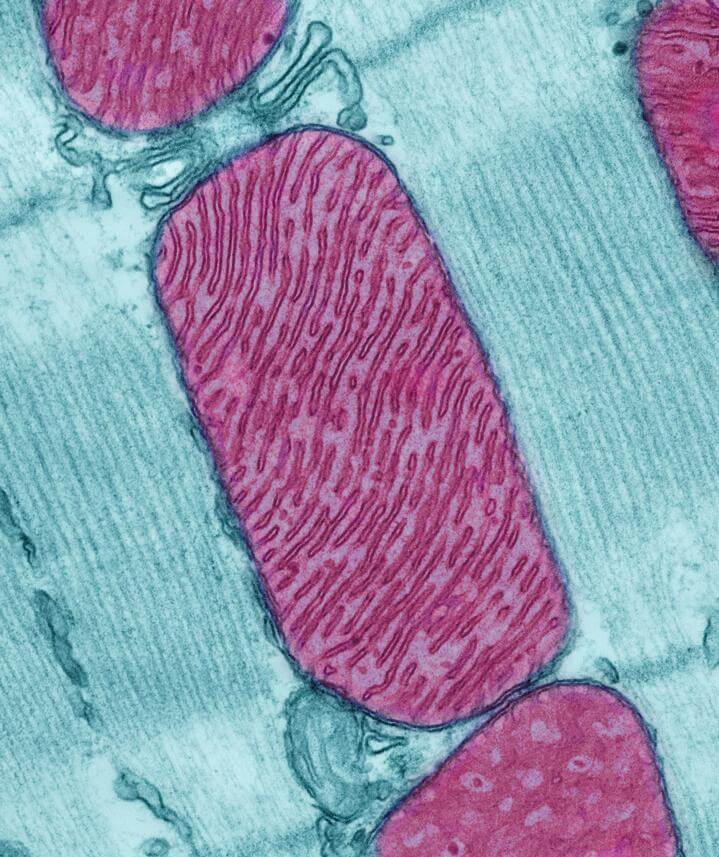



Scientists have long thought that calcium transport into mitochondria – the powerhouses of cells – is a key signal linking cardiac workload, or how hard the heart pumps, with energy production. However, the specific molecular mechanisms involved in these transport channels have remained more enigmatic.

Now, studies at the Lewis Katz School of Medicine at Temple University (LKSOM) questions the importance of calcium transport into mitochondria as a key signal linking cardiac workload as well as the dogma that that mitochondrial calcium exchange is necessary for normal cardiac function.
Findings from the new study—published recently in Nature in an article entitled “The Mitochondrial Na+/Ca2+ Exchanger Is Essential for Ca2+ Homeostasis and Viability” — shows that the exit of calcium from mitochondria serves a critical role in heart function and may represent a powerful therapeutic approach to limit heart disease.
Using a newly developed mutant mouse model, the researchers demonstrate that a mitochondrial transporter encoded by the Slc8b1 gene (referred to as the mitochondrial sodium-calcium exchanger, or NCLX) is necessary for proper heart function. Without NCLX, the animals suffered sudden death.
“We know from our previous work that the inhibition of calcium uptake results in a loss of stress response signaling in the heart,” explained lead study investigator John Elrod, Ph.D., assistant professor in the Center for Translational Medicine at LKSOM. “We found that mitochondrial calcium uptake was required for the heart to beat harder in response to stress and that excessive mitochondrial calcium uptake could trigger the death of heart cells. But those same animals had normal heart function in the absence of stress, suggesting the existence of a separate homeostatic, basal mechanism of calcium signaling.”
The LKSOM team attempted to circumvent possible alternative mitochondrial calcium uptake pathways by developing a conditional knockout mouse model in which the NCLX gene was deleted after treatment with the drug tamoxifen, enabling mice to reach adulthood before the knockout was induced. “By deleting NCLX, we were able to determine the necessity of mitochondrial calcium efflux,” Dr. Elrod noted.
Interestingly, the investigators found that when the gene was switched off in adult mice, the animals began to die suddenly from massive heart failure. Examination of cardiomyocytes from the animals revealed swollen and dysfunctional mitochondria, a sign of mitochondrial permeability transition pore (MPTP) activation, a mechanism known to be activated by calcium overload and to induce cell death. By genetically inhibiting MPTP activation, the researchers were able to rescue the NCLX knockout mice from death and prove the essential nature of mitochondrial calcium exchange in the heart.
Consequently, the researchers then explored the effects of augmenting NCLX expression in the mouse heart. As anticipated, NCLX overexpression increased mitochondrial calcium efflux. It also prevented cell death in mice that suffered heart attacks and protected against the progression of heart failure by reducing reactive oxygen species (ROS) production and limiting cardiomyocyte death and fibrosis (tissue stiffening).
“Targeting NCLX was effective in preventing cardiomyocyte death and maintaining heart function during the progression of heart failure,” Dr. Elrod concluded. “Our findings suggest that mitochondrial calcium efflux is a promising therapeutic target, with the potential to lessen the severity of cardiac disease states.”
The researchers plan to investigate NCLX activation further. Understanding its regulation at the molecular level could help identify additional mechanistic targets for the development of novel drug therapies.
 Relevant
news
Relevant
news